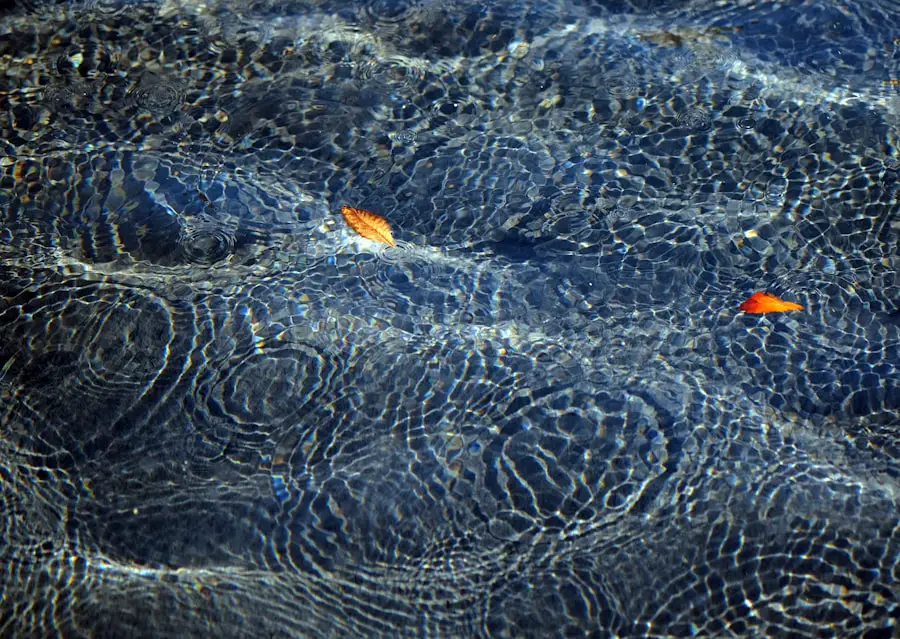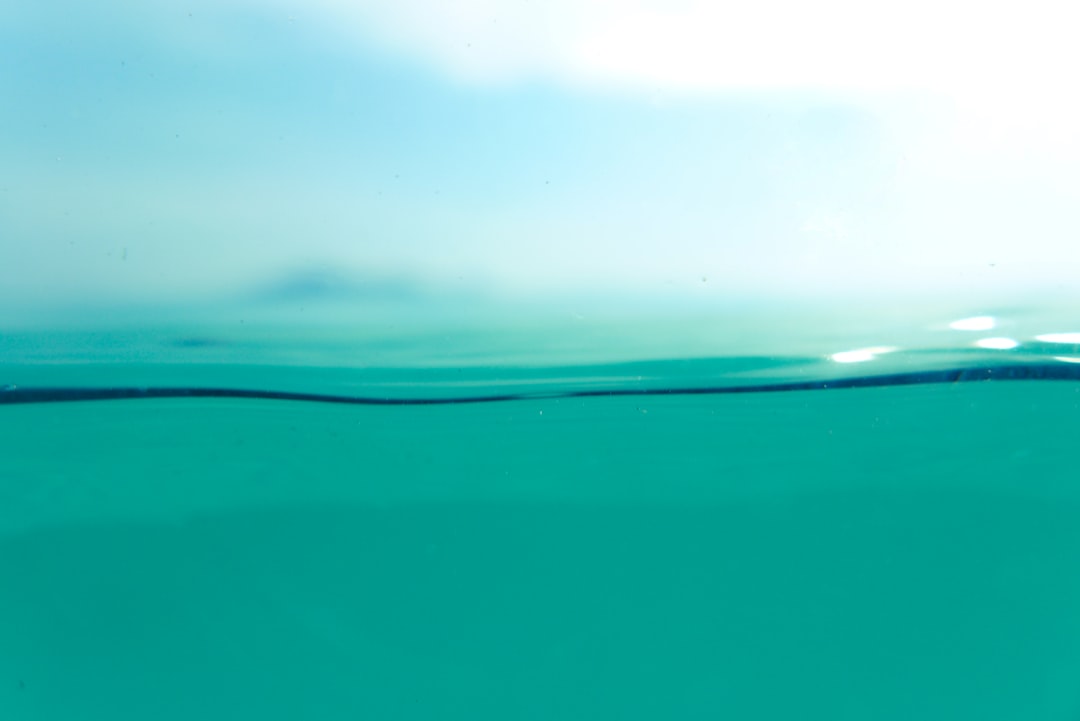The Ingress Protection (IP) rating system is a standardized measure that indicates how well a device is protected against the intrusion of solid objects and liquids. This system is crucial for consumers who want to understand the durability and resilience of their electronic devices, particularly smartphones. The IP rating consists of two digits; the first digit represents protection against solid particles, while the second digit indicates protection against liquids.
For example, an IP68 rating means the device is dust-tight and can withstand submersion in water beyond 1 meter for a specified duration. The first digit ranges from 0 to 6, with 0 indicating no protection and 6 signifying complete dust protection. The second digit ranges from 0 to 9, with 0 indicating no protection and 9 indicating protection against high-pressure water jets.
This system allows consumers to make informed decisions based on their lifestyle and usage scenarios. For instance, someone who frequently uses their phone outdoors or near water would benefit from a higher IP rating, ensuring that their device can withstand exposure to elements that could potentially damage it.
Key Takeaways
- The IP rating system measures a device’s resistance to dust and water, with higher numbers indicating better protection.
- The iPhone 14 boasts an impressive IP68 rating, making it resistant to water immersion up to 6 meters for 30 minutes.
- Extensive testing has shown that the iPhone 14 can withstand various water-related scenarios, including accidental submersion and exposure to different water types.
- Water damage may void the iPhone 14’s warranty, so it’s crucial to take precautions to keep the device safe around water.
- To maintain the iPhone 14’s water resistance, it’s important to regularly check for any signs of damage and follow recommended guidelines for usage around water.
iPhone 14’s water resistance capabilities
The iPhone 14 boasts an impressive IP68 rating, which signifies that it is designed to be resistant to dust and capable of withstanding immersion in water up to a depth of 6 meters for a duration of up to 30 minutes. This level of protection is particularly advantageous for users who lead active lifestyles or those who often find themselves in environments where their devices may be exposed to moisture. The iPhone 14’s design incorporates advanced sealing techniques and materials that help prevent water ingress, making it one of the more robust smartphones on the market.
Apple has made significant strides in enhancing the water resistance of its devices over the years. The iPhone 14’s water resistance capabilities are not merely a marketing gimmick; they are backed by rigorous testing and engineering. The device’s internal components are coated with hydrophobic materials, which repel water and further reduce the risk of damage from accidental spills or submersion.
This level of engineering ensures that users can confidently use their iPhone 14 in various conditions without the constant worry of water-related damage.
Testing the limits: how waterproof is the iPhone 14?

While the iPhone 14 is rated for submersion in water up to 6 meters, real-world testing often reveals varying results based on conditions and usage. Many users have conducted informal tests, submerging their devices in pools, oceans, and even sinks to gauge how well the phone holds up under pressure. Anecdotal evidence suggests that while the iPhone 14 performs admirably in most scenarios, factors such as water temperature, salinity, and pressure can influence its performance.
For instance, saltwater can be more corrosive than freshwater, potentially leading to damage over time. Moreover, it is essential to consider that the IP68 rating does not imply that the device is entirely waterproof; rather, it indicates a level of resistance under specific conditions. Users should be cautious about exposing their devices to extreme conditions or prolonged submersion beyond the recommended limits.
Apple also advises against using the iPhone 14 in situations where it may be exposed to high-velocity water jets or underwater activities like diving, as these scenarios can exceed the device’s designed capabilities.
The impact of water on the iPhone 14’s warranty
| Water Exposure | Warranty Coverage |
|---|---|
| No water exposure | Full coverage |
| Minor water exposure | Partial coverage |
| Significant water exposure | No coverage |
One common misconception among users is that water damage is covered under Apple’s warranty policy. However, Apple explicitly states that liquid damage is not covered under its standard warranty or AppleCare+ plans. This means that if an iPhone 14 sustains damage due to water exposure, users may face significant repair costs or may need to replace their devices entirely.
The warranty policy serves as a reminder that while the iPhone 14 is designed to resist water ingress, it is not immune to damage. To further complicate matters, Apple employs a liquid contact indicator (LCI) within its devices that changes color when exposed to moisture. If a device is sent in for repair and the LCI shows signs of liquid exposure, Apple technicians may deny warranty claims based on this evidence.
Therefore, users should exercise caution and avoid exposing their devices to water whenever possible, even if they believe their iPhone 14 can handle it.
Tips for keeping your iPhone 14 safe around water
To maximize the longevity of your iPhone 14’s water resistance capabilities, there are several practical tips users can follow. First and foremost, avoid unnecessary exposure to water whenever possible. While the device can withstand splashes and brief submersions, it is wise to keep it away from pools, beaches, or other bodies of water unless absolutely necessary.
Additionally, using a protective case designed for enhanced water resistance can provide an extra layer of security against accidental spills or drops into water. Another important consideration is to ensure that all ports and openings are properly sealed before exposing the device to moisture. Dust and debris can accumulate in these areas over time, potentially compromising the integrity of the seals.
Regularly cleaning your iPhone 14 with a soft cloth can help maintain its condition and ensure that it remains resistant to water ingress. Furthermore, users should refrain from charging their devices when wet or damp, as this can lead to short circuits or other electrical issues.
How to check if your iPhone 14’s water resistance is still intact

Inspecting for Physical Damage
Users can inspect their iPhone 14 for any signs of physical damage, such as cracks or dents that could compromise its protective features.
Unusual Behavior After Exposure to Moisture
Additionally, users should pay attention to any unusual behavior from their device after exposure to moisture. If you notice condensation under the screen or if your phone exhibits erratic behavior after being near water, these could be signs that moisture has infiltrated the device.
Seeking Professional Assessment
In such cases, it may be prudent to consult with an Apple technician or authorized service provider for a professional assessment of your iPhone 14’s condition.
Comparing the iPhone 14’s water resistance to previous models
When comparing the iPhone 14’s water resistance capabilities to previous models, it becomes evident that Apple has made significant advancements in this area over the years. For instance, the iPhone 7 was one of the first models to feature an IP67 rating, which allowed for immersion in up to 1 meter of water for 30 minutes. As technology progressed, subsequent models like the iPhone X and iPhone 12 improved upon this standard with IP68 ratings, allowing for deeper submersion.
The leap from IP67 to IP68 represents a notable enhancement in durability and user confidence when it comes to exposure to liquids. The iPhone 14 continues this trend by maintaining an IP68 rating but increasing its depth tolerance to 6 meters compared to earlier models’ limitations. This evolution reflects Apple’s commitment to providing consumers with devices that can withstand increasingly challenging environments while still delivering high performance.
The science behind the iPhone 14’s water-resistant features
The engineering behind the iPhone 14’s water-resistant features involves a combination of advanced materials and innovative design techniques. One key aspect is the use of gaskets and seals made from high-quality rubber or silicone that create barriers against moisture ingress. These seals are strategically placed around ports and openings such as the SIM card tray and charging port to prevent water from entering sensitive areas.
Additionally, Apple employs hydrophobic coatings on internal components to repel moisture effectively. These coatings are designed to minimize corrosion risks associated with exposure to liquids over time. The careful arrangement of components within the device also plays a role; by positioning sensitive parts away from potential points of ingress, Apple enhances overall durability and reliability.
Real-life scenarios: how the iPhone 14 performs in water
In real-life scenarios, users have reported mixed experiences with their iPhone 14s when exposed to water. Many have successfully used their devices while swimming or at the beach without any issues, capturing photos and videos underwater without experiencing any adverse effects. However, there are also cautionary tales where users have encountered problems after submerging their phones beyond recommended limits or exposing them to saltwater.
For example, some users have shared stories of their iPhone 14 functioning perfectly after being accidentally dropped into a pool during a summer gathering. They were able to retrieve it quickly and dry it off without any noticeable damage. Conversely, others have reported issues after using their phones in heavy rain or while engaging in activities like kayaking where splashes were frequent but not extreme enough to warrant concern initially.
Common misconceptions about the iPhone 14’s water resistance
Despite its impressive specifications, several misconceptions persist regarding the iPhone 14’s water resistance capabilities. One prevalent myth is that an IP68 rating guarantees complete waterproofing under all circumstances. In reality, while this rating indicates robust protection against dust and immersion in water up to specified limits, it does not mean that users can treat their devices carelessly around liquids without consequences.
Another common misunderstanding is that once a device has been rated for water resistance, it will remain so indefinitely. Over time, wear and tear can degrade seals and protective coatings, potentially compromising performance. Users often assume that because their phone was once rated as waterproof, they can continue using it in similar conditions without concern; however, this assumption can lead to unexpected damage if proper care is not taken.
Future developments: what to expect from the iPhone 14’s water-resistant technology
As technology continues to evolve rapidly, future iterations of smartphones like the iPhone are likely to see even more advanced water-resistant features. Manufacturers may explore new materials and coatings that enhance durability while reducing weight and bulkiness in design. Innovations such as self-healing materials could potentially allow devices to recover from minor scratches or damages that might otherwise compromise their protective capabilities.
Moreover, as consumer demand for rugged devices increases alongside lifestyle changes—such as outdoor activities becoming more popular—companies may prioritize enhanced waterproofing technologies in future models. This could lead to even higher IP ratings or new standards altogether that push beyond current limitations. As we look ahead at what’s next for smartphone technology, it’s clear that advancements in water resistance will play a crucial role in shaping user experiences and expectations moving forward.
The iPhone 14 is rumored to be water resistant, but is it truly waterproof? According to a recent article on GetiPhoneInfo, the iPhone 14 may have improved water resistance compared to previous models. However, it is important to note that water resistance does not mean the device is completely waterproof. To learn more about the specifics of the iPhone 14’s water resistance capabilities, check out the article on GetiPhoneInfo.
FAQs
Is the iPhone 14 water resistant?
Yes, the iPhone 14 is water resistant with an IP68 rating, which means it can withstand being submerged in up to 6 meters of water for 30 minutes.
Can I take my iPhone 14 swimming or in the shower?
While the iPhone 14 is water resistant, it is not designed for prolonged exposure to water. It is best to avoid taking it swimming or using it in the shower.
What should I do if my iPhone 14 gets wet?
If your iPhone 14 gets wet, you should immediately dry it off with a soft, lint-free cloth and avoid charging it until it is completely dry. It is also recommended to place it in a dry, well-ventilated area to allow any moisture to evaporate.
Does water resistance wear off over time?
The water resistance of the iPhone 14 may diminish over time due to normal wear and tear, so it is important to handle it with care and avoid exposing it to excessive moisture or liquids.
Is the iPhone 14 covered under warranty for water damage?
The iPhone 14’s warranty does not cover water damage, so it is important to take precautions to prevent water exposure and damage to the device.










